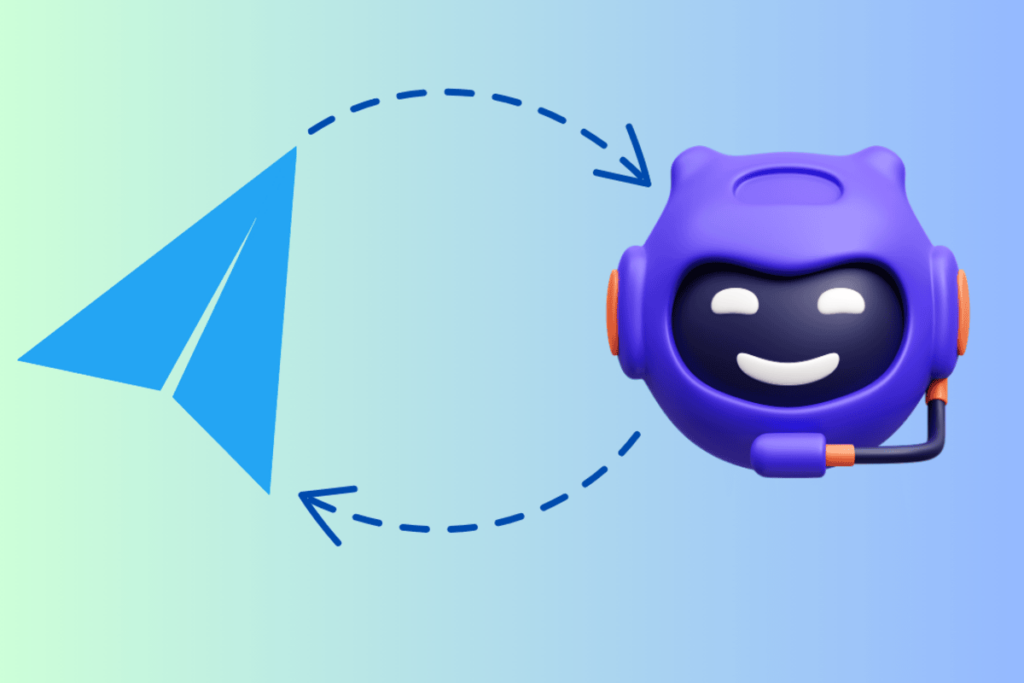The demand for effective cooperation instruments is paramount in the current epoch of swift technological advancement and worldwide interconnection. Co-development software has emerged as a transformative solution, reshaping how teams across various locations and disciplines engage and collaborate. This technology streamlines workflows and fosters innovation, transcending traditional boundaries and setting new benchmarks for efficiency and creativity.
What is Co-Development Software?
Co-development software, collaborative development software, or co-creation platforms help multiple people or organizations work together on a project. It’s used in software development to enable developers, designers, and other stakeholders to collaborate on building and managing software.
The Rise of Co-Development Software
Co-development software emerged to address the increasing complexity of global projects, enabling real-time collaboration across time zones and locations. It enhances productivity by integrating ideas and efforts into a unified framework, reducing delays. This technology meets the demand for agile workflows by providing real-time updates, synchronized data, and collaborative workspaces, ensuring consistent alignment among team members. As businesses expand globally, co-development software offers the flexibility and speed required for modern, adaptive workflows.
Key Features of Co-Development Software
Real-Time Collaboration
Co-development software facilitates instantaneous communication, file sharing, and updates among team members, regardless of location. This capability accelerates development processes and minimizes misunderstandings and delays, ensuring all participants are on the same page.
Version Control
Advanced version control systems track modifications and maintain a comprehensive history of changes. This feature guarantees that all team members are working with the latest project version and allows for easy reversion to prior iterations if necessary, preserving the project’s integrity.
Integration with Other Tools
Co-development software integrates with project management platforms, communication applications, and coding environments. This interoperability streamlines workflows, reducing the need to switch between different tools and enhancing overall productivity.
The Impact of Co-Development Software on Modern Workflows
Streamlining Workflows for Efficiency
Co-development software enhances efficiency by unifying all stakeholders on a single platform, reducing redundant communication and duplicated efforts. Real-time task assignments, monitoring, and adjustments ensure transparency. At the same time, integrated automation tools streamline routine tasks like code testing and version control, allowing teams to focus on tactical planning and creative problem-solving.
Enhancing Creativity and Innovation
Collaborative environments foster creativity by enabling real-time idea-sharing and discussion. Co-development software supports virtual brainstorming and editing, allowing team members to collaborate on each other’s work without risk of loss. It accelerates innovation and results in more refined solutions.
Breaking Down Silos Across Departments
Co-development software addresses departmental silos by providing a shared digital space for cross-functional collaboration. This integration aligns diverse teams—engineering, marketing, design, and management—toward common goals, reducing misalignments and speeding up product development.
Ensuring Accountability and Transparency
With real-time task tracking, co-development software increases accountability and transparency. It clarifies roles, reduces bottlenecks, and minimizes the need for status meetings by providing readily available progress updates, fostering a culture of trust and openness.
Fostering Long-Term Collaboration
Co-development software enhances long-term collaboration by promoting shared responsibility and collective innovation. It helps build cohesive teams invested in organizational goals and aids adaptation to market demands and technological advancements.
Challenges in Implementing Co-Development Software in Modern Workflows
- Resistance to Change: Employees may refrain from adopting new software, requiring effective change management and clear communication about its benefits.
- Integration Complexities: Integrating existing systems can be technically challenging, necessitating significant planning and effort.
- Training and Onboarding: Successful use depends on comprehensive training and ongoing support for all team members.
- Cost Considerations: Initial investment and integration costs must be weighed against long-term benefits and alignment with strategic goals.
- Data Security and Privacy: Ensuring robust security and compliance with regulations is crucial when handling sensitive information.
- Customization and Scalability: Adapting the software to specific needs and scaling it as the organization grows requires careful planning and resources.
- Maintaining User Engagement: Ongoing engagement requires regular updates, user feedback, and demonstration of the software’s value.
Benefits of Co-Development Software on Modern Workflows
- Streamlined Collaboration: Centralizes diverse teams on a single platform, reducing silos and accelerating project cycles with real-time updates and improved communication.
- Enhanced Transparency and Accountability: Offers task tracking and progress monitoring that clarifies roles, reduces bottlenecks, and fosters transparency and trust.
- Reduction of Redundancies: Prevents duplicated efforts by centralizing workflows and optimizing time and productivity.
- Improved Version Control and Code Integrity: Maintains code integrity with advanced version control, minimizing conflicts and ensuring high-quality outcomes.
- Fostering Innovation: Encourages creativity through real-time brainstorming and idea exchange, leading to innovative solutions and faster project iterations.
- Scalability and Flexibility: Adapts to growing teams and projects, efficiently managing simultaneous tasks while maintaining consistency.
- Cost Efficiency and Resource Optimization: Real-time analytics reduces administrative overhead and duplication of effort for more cost-effective resource allocation and output.
- Adaptation to Remote and Hybrid Work: Supports remote and hybrid environments with a centralized workspace, enabling effective global collaboration.
Conclusion
Co-development software is a strategic asset that revolutionizes modern workflows, setting new benchmarks for efficiency and innovation. Streamlining collaboration, boosting transparency, and sparking creativity transforms project management and execution. As businesses face a complex global landscape, integrating real-time collaboration, version control, and tool interoperability is essential for maintaining a competitive edge. Future AI and machine learning advancements will further enhance these capabilities, driving automation and providing predictive insights. Investing in co-development software is about adapting to technological trends and positioning organizations for long-term success in a dynamic market.





















